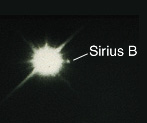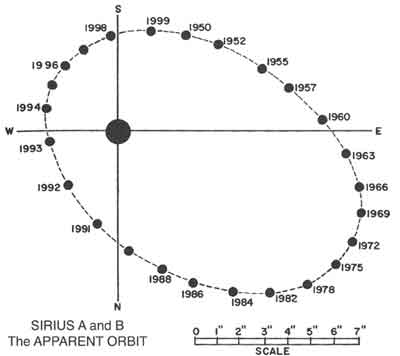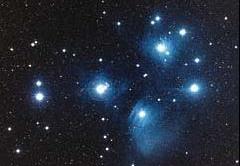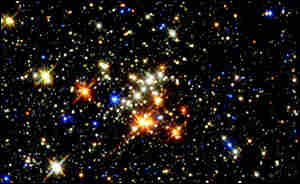 |
|
 |
|
Spectroscopic Binaries
Eclipsing Binaries
|
Other Examples
|
 |
Masses of Stars
|
Star Clusters
|

|
 The Quintuplet open cluster
|
Open Clusters
|
Globular Clusters
|
globular cluster, the brightest in our sky and the largest known one in our galaxy [so big it may actually be a stripped-down dwarf galaxy!]. |
![]()
page by luca bombelli <bombelli at olemiss.edu>, modified 31 oct 2012